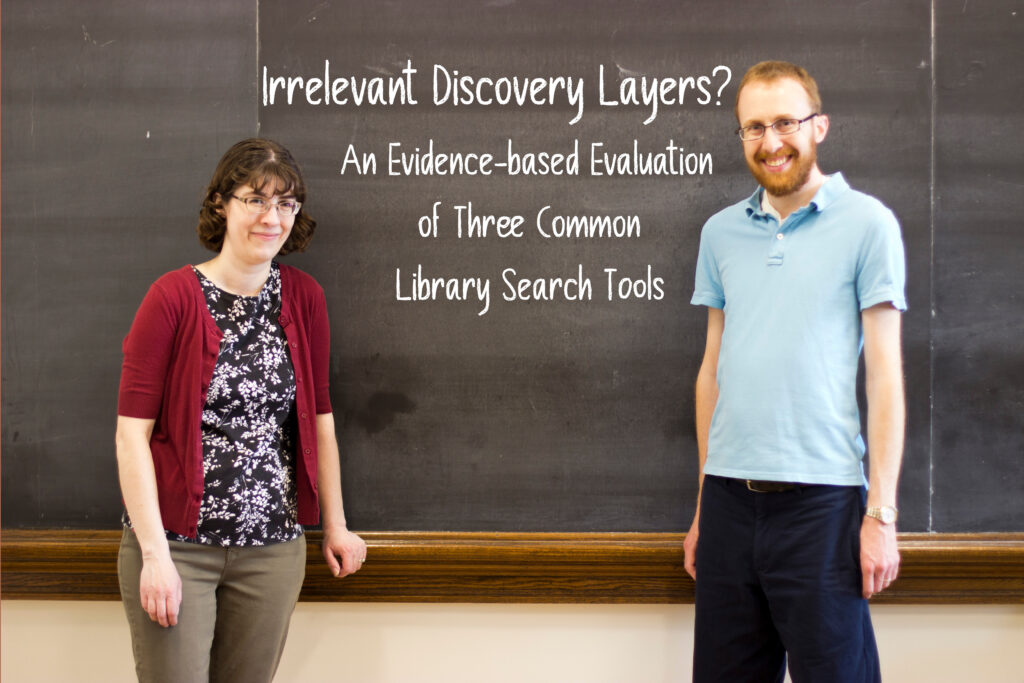This post came from the Aestiva Solutions quarterly newsletter, the Campfire. To subscribe, click here.
The landing page of an academic library can make a big impact for users in their information finding needs, but oftentimes our library webpages frustrate users and push them away to Google and ChatGPT. At the centerpiece of many academic library websites is a search box to a discovery layer solution. Yet, is that the best option for users? Our latest research project at Aestiva Solutions, funded by the Private Academic Library Network of Indiana (PALNI), evaluated a discovery layer, a subscription interdisciplinary database, and a free academic search engine to see which produced the best results for users. Our four member librarian research team evaluated the first five results of search strings pulled from a college library’s discovery layer analytics using a shared rubric that ranked currency, relevancy, proximity, and authority, as well as marking penalties.
Read the article here: “Irrelevant Discovery Layers? An Evidence-based Evaluation of Three Common Library Search Tools.”
After 2,970 citations were evaluated by our research team, WorldCat Discovery lagged significantly behind the other two resources. Out of a maximum rubric score of 12 for any given citation, citations scored on average 6.5 from WorldCat Discovery, 7.4 from Google Scholar, and 8.0 from Academic Search Complete.
Learning how your users are engaging with your valuable resources is crucial information. Consider partnering with Aestiva Solutions to run a research study in your local context! Using our experience with quantitative and qualitative research across academic library environments, we can design the specifics to meet your local needs, providing you with the solutions you need to make data-informed decisions.
Ruth and Eric

